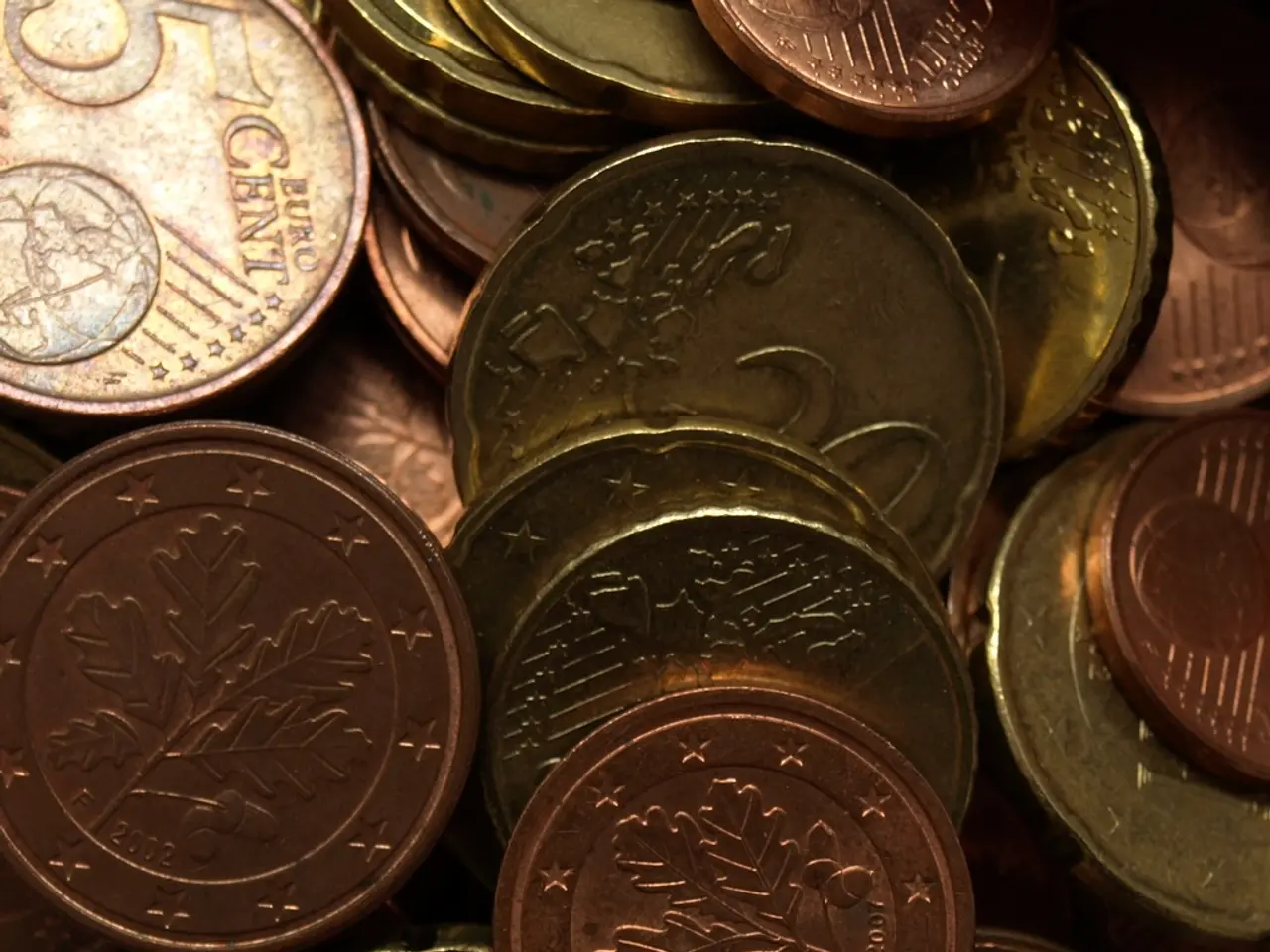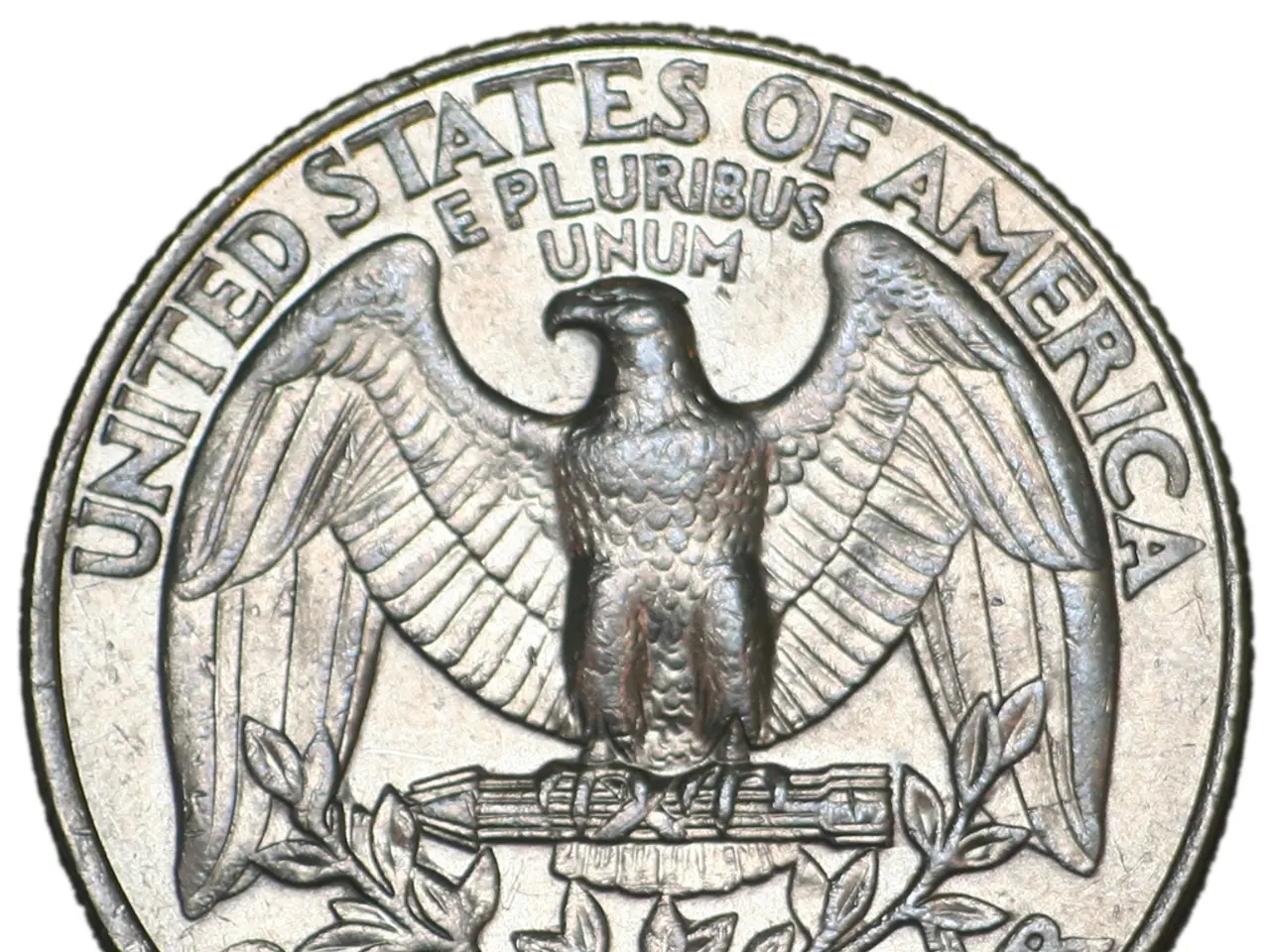Global Payments take a leap forward with the introduction of XRP Bridge Currency
In the rapidly evolving world of digital currencies, XRP stands out as a contender for the role of a global reserve currency. This intermediate digital asset, developed by Ripple, is designed specifically for fast and affordable cross-border money transfers, offering a new solution to old international payment problems.
XRP's primary advantage lies in its speed and cost efficiency. Transactions can be settled in as little as 3-5 seconds, a significant improvement over traditional methods like SWIFT. This speed, coupled with low transaction costs, makes XRP an attractive option for banks and governments seeking to modernise their payment systems.
Ripple's goal is for XRP to serve as the intermediate currency, connecting different currencies quickly and reducing fees. This role as a neutral settlement asset positions XRP well to facilitate global interoperability among central bank digital currencies (CBDCs) and traditional money.
However, XRP's path to becoming a global reserve currency is not without challenges. Regulatory uncertainty, particularly in jurisdictions like the U.S., could hinder adoption. Market volatility also poses risks, leading some investors to hedge or remain cautious despite institutional interest.
Despite these challenges, institutional adoption is increasing, and XRP's utility as a strategic treasury reserve tool may improve its credibility and market stability, which could trigger significant confidence in digital assets globally. If XRP becomes the global intermediate currency, its value and demand could potentially skyrocket.
The Ripple project is not without competition. Other blockchain projects and state-backed digital currencies are also vying for a place in the global payment landscape. To overcome competition, Ripple will need to persist in its improvement and demonstrate that it is the optimal choice.
Ripple is already being used by many banks and payment societies for faster money transfers. Its timing is considered perfect as nations study digital currencies and blockchain technology. Notable figures in the blockchain industry, such as Oliver Michel, a German venture capitalist and blockchain expert, have suggested that XRP could potentially transform into the global reserve currency. Oliver Michel even went so far as to suggest that XRP could become the "global reserve relay currency", highlighting Ripple's growing influence in digital currency.
As the Ripple network expands and strengthens through collaborations, the future of XRP as a global reserve currency remains uncertain. However, with its speed, cost efficiency, and interoperability, XRP is well-positioned to play a significant role in the modernisation of cross-border payments. Whether it will overcome regulatory challenges and market resistance to achieve this role remains to be seen.
And as the Ripple network strengthens and expands, technology plays a crucial role in facilitating the future of XRP as a global reserve currency. With advancements in fintech, XRP's speed and cost efficiency in cross-border transactions are increasingly attractive to banks, governments, and investors seeking to modernize their payment systems.




